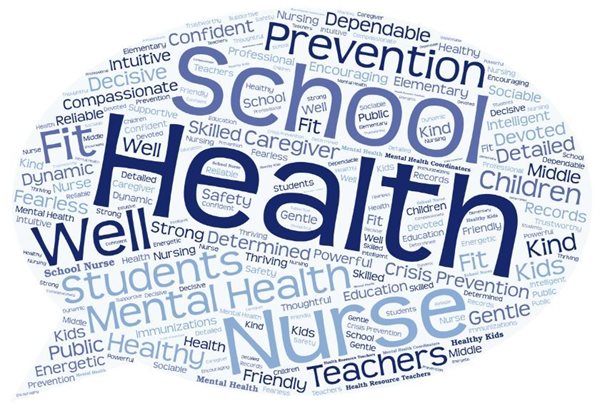School Health is the provision of nutrition and health services through the school system. These services aim to improve the health of children, families, and communities. They also help promote the well-being of children through improved education. To be effective, these services must be coordinated. The school community has an important role to play in improving child health.
Education
Health promotion in schools is often seen as a way to improve student and staff health. School health educators can help promote student health by providing resources and training that promote healthy behaviors. These resources can range from physical activity and nutrition education to counseling and referrals to community services. In addition, health promotion in schools involves a variety of other resources, including parent involvement.
The field of health promotion in schools dates to the mid-20th century. In the past, efforts have focused on improving the health of schools and communities. For example, the American Academy of Pediatrics has published significant reports on the health of schools and communities. It has collaborated with various organizations and institutions including the U.S. Department of Interior and the Bureau of Education to improve health in schools.
Prevention
Prevention in school health is an important aspect of a school’s health program. The program focuses on the social and behavioral risks that affect the health of young people. While school health programs were initially created to deal with infectious diseases, they have evolved to tackle more pressing issues. The Centers for Disease Control and Prevention (CDC) estimates that approximately two-thirds of morbidity and mortality among adolescents is caused by social or behavioral risks.
The SBHC model combines a school’s primary care program with prevention services. It links health care providers to school staff, students, and parents. Because of the strengths of both health care and education systems, SBHCs can improve health outcomes, education outcomes, and family and community outcomes.
Intervention
Intervention in school health programs are designed to improve school environments and increase students’ physical and mental health. Various types of interventions have been developed over the years, including health promotion programs, screenings for health conditions, and health-focused learning environments. While most of these programs target the school environment, some are based in community and home settings. Several studies have examined the effect of interventions on a school’s physical environment, but few have addressed the impact of fostering a nurturing school environment.
To implement health promotion programs in schools, the involvement of parents and communities is crucial. School environments must be supportive of such initiatives, with support from both the educational and municipal administrative sectors. In addition, intervention content should be included in school policies. Effective interventions encourage student participation and skill-based education, rather than teacher-led lectures.
Coordinated efforts
Coordinated efforts for school health are a vital component of a school health improvement strategy, and they are critical in ensuring students are healthy. These strategies involve community partners, school personnel, and parents working together to improve the health and wellness of students. This effort has a number of key components, which may include:
The goal of coordinated efforts for school health is to provide a safe, healthy, and well-equipped educational environment that encourages academic performance. This includes a healthy school environment, a clean and well-lighted facility, minimal noise, and healthy relationships among students and staff. To accomplish these goals, schools must communicate and implement policies that support student health and safety. These policies address topics like substance abuse and violence. In addition, they address other factors related to students’ well-being.
Coordinated efforts for school health programs should focus on a school’s overall climate and culture, as well as its curriculum and instruction. They should also integrate family and community resources. Research shows that school-based health programs have a positive impact on academic achievement. They can improve the quality of students’ health and help them develop good habits early in life.
Program model
The Program model for school health is one approach to improving health in schools. It involves a collaborative approach between school personnel and community members who are concerned about children’s health and wellbeing. This approach leverages the expertise and community resources of the school community while providing ownership and guidance to school staff and school boards. Approximately 33 percent of schools in the United States have school health advisory councils. These councils are comprised of parents, health professionals, and community members.
Programs for school health should focus on preventing specific illnesses and disorders and intervening when children are at risk for a disease or health condition. The programs should also address special health needs and promote healthy habits and behaviors. These goals should be achieved through a comprehensive set of programs that should be woven into the fabric of every school. A comprehensive integrated approach to school health addresses the specific needs of students, teachers, parents, and the school community.


